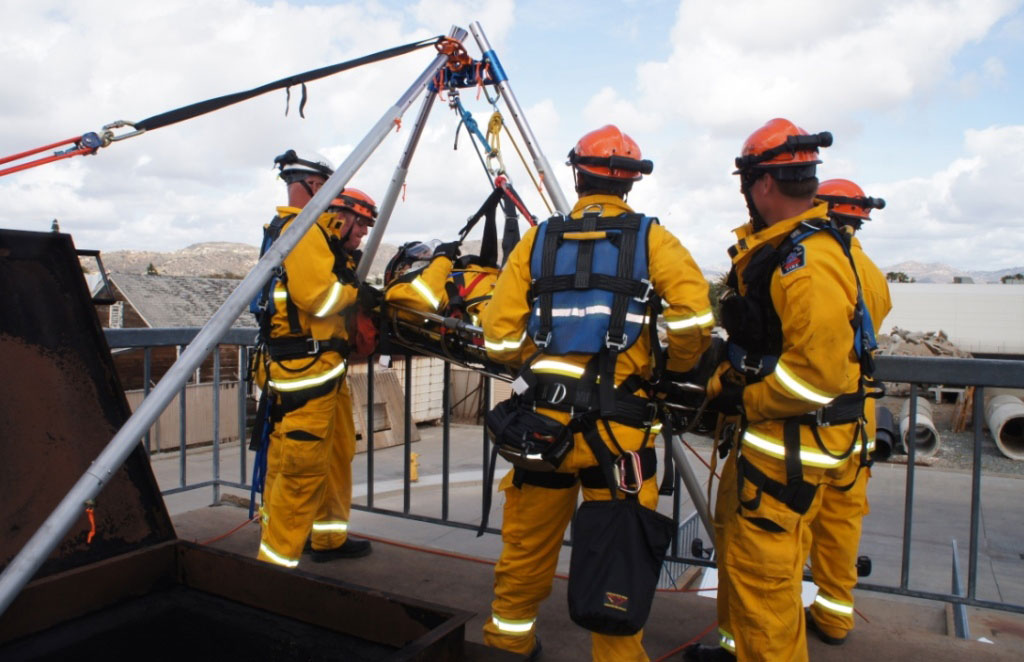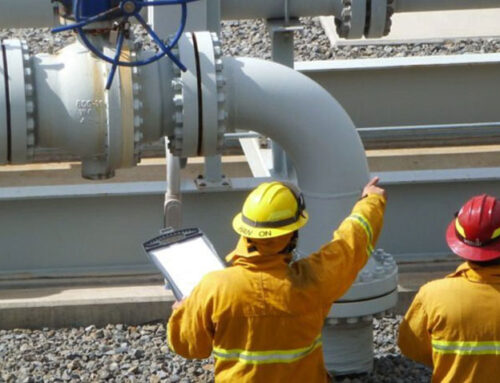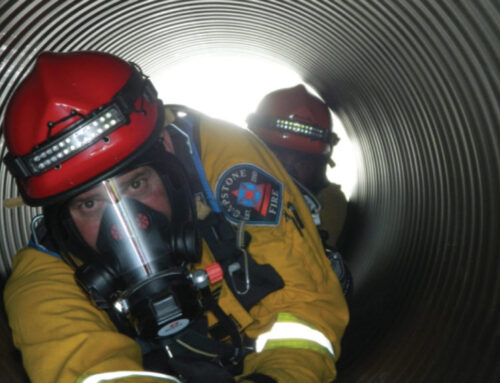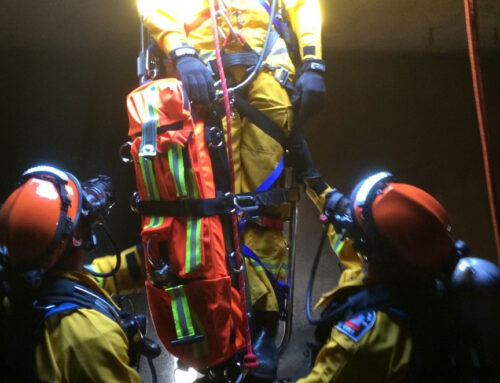Emergency rescue operations, such as rope rescue and trench rescue, are critical components of emergency services, especially in scenarios where lives are at risk in challenging environments. These specialized rescue techniques require highly trained professionals, sophisticated equipment, and sharp coordination. Whether you’re a safety enthusiast, a professional in the field, or simply curious, here are five facts about rope rescue and trench rescue services that you may find fascinating like we did!
1. Specialized training is key.
Rope rescue operations are used in situations where individuals are stranded in hard-to-reach areas, such as mountainsides, deep caves, or high structures. This type of rescue involves using ropes, pulleys, and harnesses to reach and safely retrieve trapped persons. Similarly, trench rescue is necessary when individuals are trapped in excavated areas or trenches, which often occurs in construction settings.
Both types of rescues require responders to undergo rigorous and specialized training. They learn not only the technical skills needed to navigate ropes and trenches safely but also critical thinking skills to assess and react quickly to the dynamic conditions of a rescue site.
2. Rescuers have to go through psychological preparedness.
Rescue operations aren’t just physically demanding; they also require mental and psychological readiness. The environments in which rope and trench rescues occur can be extremely stressful and perilous. Rescuers must be prepared to make quick decisions and maintain composure under pressure to not only ensure the safety of the victims but also protect their own well-being. Continuous psychological training and support are staples in the preparation programs for rescue teams to help them cope with the high-stress nature of their jobs.
3. Rescuers use technology.
Advancements in technology have significantly impacted the efficiency and safety of rope and trench rescues. Modern equipment such as drones can be used to assess and monitor the rescue site, providing live feedback and more information to the rescue team before and during the operation.
Moreover, communication tools have evolved to ensure seamless interaction among team members, even in remote or enclosed locations. These technological tools not only increase the success rate of rescues but also help in minimizing the risk of accidents.
4. There’s a Wide Range of Applications
While most people might associate rope and trench rescues with dramatic cliffhanger scenarios or construction site accidents, these rescue methods are applicable in a variety of other contexts.
Rope rescue techniques are also employed in urban environments for situations such as window washing accidents or when individuals are trapped on malfunctioning construction equipment high above the ground. Trench rescues, though predominantly noted in construction, can also be necessary in natural disaster situations like landslides or earthquakes.
5. Teamwork is Everything
Perhaps one of the most underappreciated aspects of rescue operations is the level of teamwork required. Rescue operations are never a one-person show. They involve a coordinated effort among a team of skilled professionals who must operate like a well-oiled machine.
Communication, trust, and practice are the foundations of effective rescue operations. Each team member plays a critical role, from the planners and the first responders to the operators handling the rescue equipment. Our team at Capstone Fire goes through extensive training to become physically and mentally prepared to undergo rope rescue and trench rescue services. Get in touch with us today to learn more about our strategies and how our experts can help you be more prepared to prevent emergencies like these from happening.





